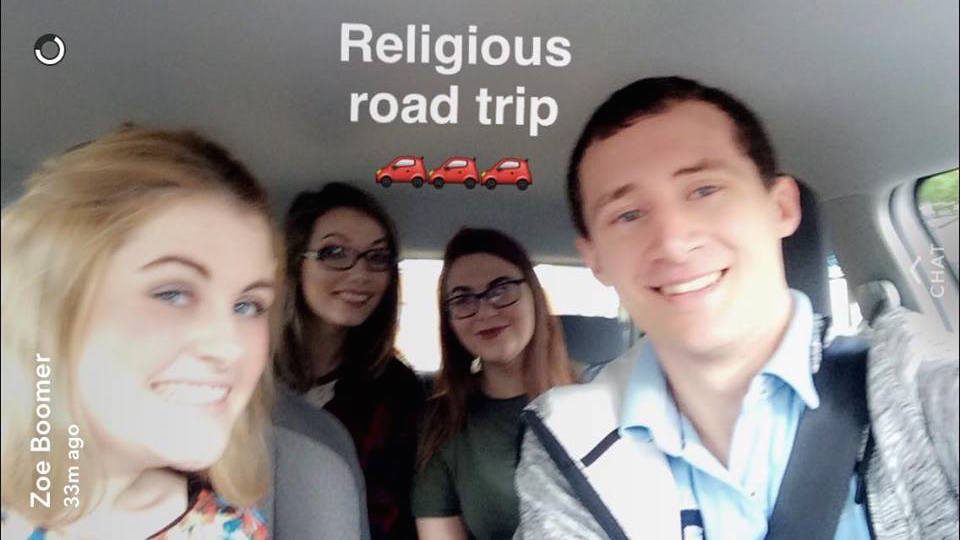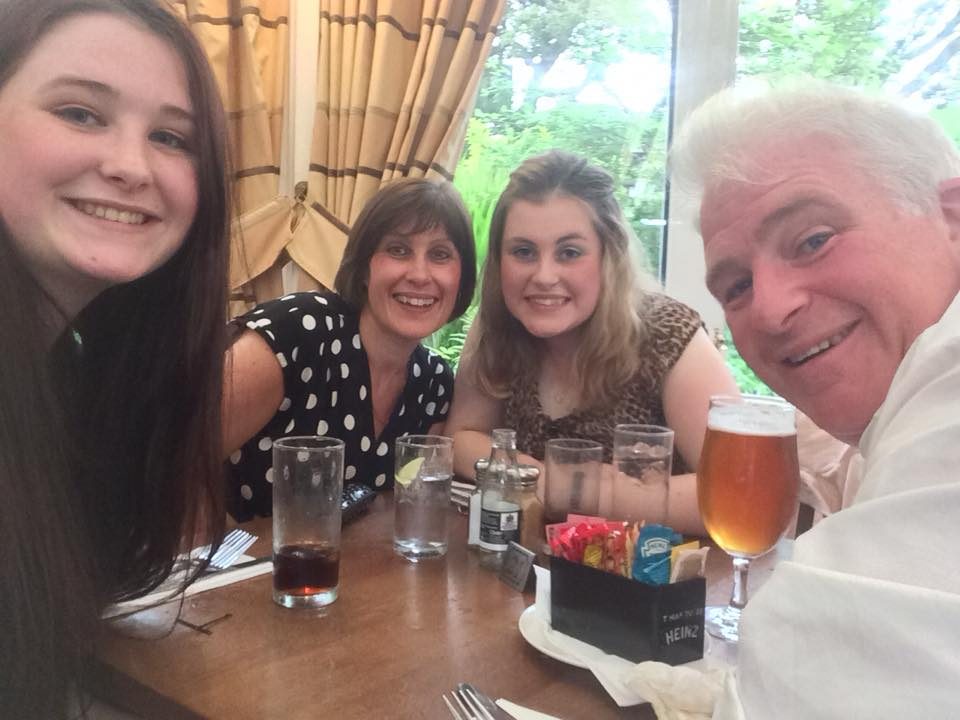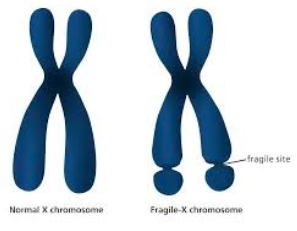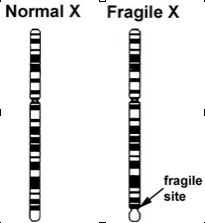During my reading week this year, I was lucky enough to spend a few nights in Newcastle with my boyfriend, Adam, who grew up down in that area. Before we headed down, he told me that his grandma suggested we spend the day at Beamish Museum. Being a little bit of a nerd, I agreed and we headed there early the next morning. Beamish museum is large open air museum, which shows what life was like during different times throughout history. What I loved most about this was that each of the points were connected by trams and old fashioned buses.
We did not go around in chronological order, but we did manage to rush around a see everything which was great! We started at the Colliery and Pit Village. This was a created village to show what life was like in the 1900 in the life of people who worked in the North East (England) coal mines. We donned our hard hats and began with a tour of a coal mine. This was quite a learning experience. Firstly, the ceilings were very low, I’m 5”6, an average height, and I had to crouch low, and at 6”3 poor Adam really struggled not to bump his head in the 4”something mine. We learned that this was the minimum height required by law for the horses used in mines would be able to work at, as it was not allowed to be lower than this for the working conditions of animals. We learned that these low ceilings were not good for the workers, but they were not protected by the same laws as the horses. We learned about the conditions of the workers in the mine, and what struck me was just how young some of the workers were! Though we learned that laws did change during this time, requiring these children to be in school instead. This seems an obvious point, however, our tour guide pointed out that this could have lead to a loss of earnings for some of the families whose children were no longer able to work in the mines. An interesting point to think about!
After this, we wandered around the rest of the Pit Village. It had a row of houses, a church, a village hall and a school! I was actually quite surprised by the inside of the houses. In my own head, the 1900’s were not that long ago, but the basicness of the accommodation was quite striking. They were small and cramped and dark and the smell of the smoke was quite overpowering. In one of them, a woman in character as a Pit widow told us how hard life could be for women, especially widows. How hard it was to generate income and how perhaps some like her could have ended up in the workhouse.
Being a ‘teacher-to-be’, I was itching to go and look around the school. It was a big building with 3 classrooms full of 1900’s resources – slates, desks, chalkboards and one scary 1900’s teacher showed us a punishment book and cane! It was really interesting to see all the details of the classroom and they have photographs of the school when it was used and full of children. Like with the accommodation, the differences between this and the classrooms we teach in now were huge. Computers, jotters, art supplies, games… all of these things were noticeably missing from the rooms we were in. After having a good look around, I had a look around the playground and we both thoroughly embarrassed ourselves trying to play with a booler. This was a common toy at this time which is a large metal hoop attached to a metal stick which you have to try to make move. It looks simple, but believe me it’s not! (I’ll stick to the Xboxes of today!)
When we were quite done, we hopped on a bus to the 1900’s village. When we got off the bus, we headed straight for the sweet shop. Adam had been looking forward to this a little too much (and by this, I mean he talked about it the whole way there!). This was exactly what I expected, a large shop with big jars of sweeties all around (including, much to my amusement, Edinburgh rock!). We bought a big bag and moved on. We were in and out of all the little shops: the haberdashery, the bakers, the garage, the bank, the chemist, and the photographers, as well as the village co-op! Afterwards, we went to the houses which I found truly fascinating. There were two, one owned by the dentist and the other by an ordinary person. Both houses were significantly larger than the homes we saw at the Pit Village, and what struck me was the clear wealth inequality. This was made clearer by the words of the woman in character as the dentist, when it was made clear that only the wealthy would have been able to visit the dentist, a right we all just have nowadays. The woman playing the dentist made it clear that it was unusual that she would have been the dentist at this point in history, that she would only have been able to practice with her husband’s permission. This showed a definite difference in the past rights of women compared to men, which we definitely do not see the same in contemporary times.
For fear of writing a book on my day out, I have missed out the 1940’s Home Farm, 1820s Pockerley, as well as the train station, but rest assured that these were excellent parts of the day too!
Having enjoyed wandering the museum and learning a lot, I began to consider what I learned from a teaching perspective. Firstly, the whole place was full of school groups of all primary school ages, some looked as though they were only primary 1 or 2. So it was obvious that this is a popular destination for school trip. However, from where I live, it would take 4 hours to get to Beamish, so I am not sure how practical an excursion it would be. However, putting this issue aside, I looked into trips, to bring a whole class the tickets for children were around half the price and they allow adults to enter for free when accompanying the class, as well as offering a complimentary planning visit for teachers to come and see the museum well in advance and plan their class’s trip. They also offer experiences for classes, such as a day in the classroom; evacuee experience; and a murder mystery-type experience! All of which are not expensive for a whole class experience. One thing I do wonder about, is the sheer scale of things to do. As a teacher, one would want the children to see and do everything possible, but I would also want them to focus and achieve the learning goals, and I am not sure how these two things can come together. For example if the learning was to cover the 1900’s, surely it would be counter intuitive not to visit the 1820’s section or the 1040’s? However, this is definitely no reason not to go, it would simply mean careful planning on the teacher’s part.
I found it interesting that this experience is that it was history, but clearly showed the symbiotic experience with the geography and modern studies elements of the subject, how one does not exist without the other two having influence. For example, the historical experience of visiting both the 1900’s village and the Pit Village, the fact that they were both from the same period, yet the geographical influence was clear. It was the reason for the two places being so different, it was the reason that the people did different jobs, earned different kinds of money and lived differently. The modern studies element is linked too, showing the different lives people had in direct comparison to each other, and the stark inequalities.
I think that the best part of this is that it truly brings history to life. It’s a living, breathing smelly, wet, cold, hot – tangible opportunity for the children we work with to ‘do’ history. I wasn’t bored once on this trip, I didn’t find myself yawning or wondering how long it was til I could go home. And despite the walking, I wasn’t tired because I was so interested in everything I was looking at. I would highly recommend a trip to Beamish Museum, with or without your class!!
- Map of the museum
- 1900’s town
- Adam bought me a present… My very own slate!
- Heading there on the bus!
- Me
- We survived the coal mine!
- Turns out the children were quite small….
- Home farm sheep
- Mine ponies
- Tram tracks connecting the different parts
http://ellyandmick.blogspot.co.uk/2014/05/beamish-museum.html
http://www.geograph.org.uk/photo/2980182




















































